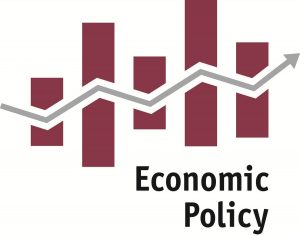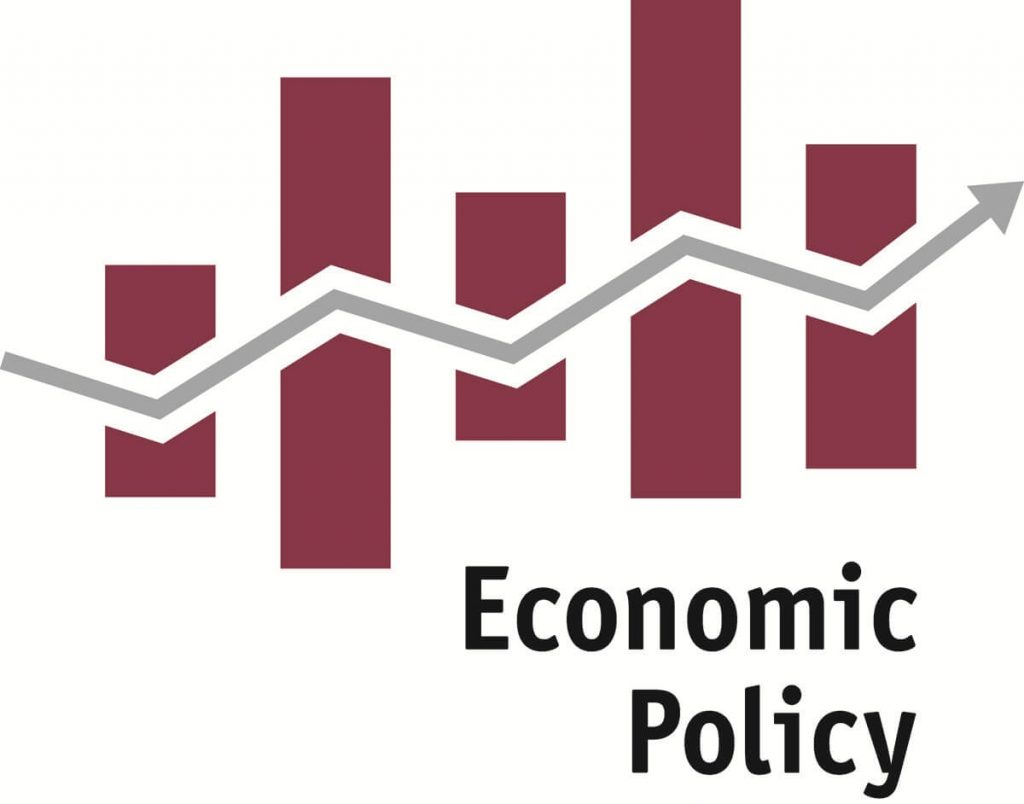Economic Policy of Singapore

Policies on the island nation Singapore cannot be make in isolation. Because the economy is affect by extreme events on a regional and global level. The nature of extreme events would determine the type of policy interventions and responses. In the case of SARS, the key challenge was to ascertain the root cause of the SARS epidemic. And find a cure for the SARS virus. For the GFC, the objective was to prevent job losses and keep the island economy on track for recovery post-GFC. Additionally, Singapore is a small open economy and being a trade dependent economy, exchange rate policy (where the Singapore Dollar is kept within an undisclosed band of the US Dollar) is endorsed to have exports of goods and services in a favorable position.
This provides employment and enhances BOP by monitoring the foreign exchange. SARS and GFC call for vastly different policy measures . These measures aim at addressing the vulnerability of the island economy from extreme events. Thus, the following outlines the measures to preserve jobs, manage extreme events and island nations’ intervention.
Budget toward job preservation policy
To address the impacts caused by SARS, the Singapore government implemented a SGD231 million (in 2003) SARS relief package to reduce the costs for tourism operators. And its auxiliary services and a SGD230 million economic relief package to aid businesses. The Singapore National Wage Council recommend SARS-struck companies to minimize job losses. And by adopting temporary cost-cutting measures and wage cuts were used as a last resort. The measures adopted included implementation of shorter work week. And temporary lay-offs, arrangement for workers to go on leave or undertake skills training. And upgrading provided by the Ministry of Manpower (MOM) and associated agencies.
In response to the GFC, the fiscal measures were aimed at maintaining business competitiveness and preserving local jobs. A Resilience Package worth SGD20.5 billion (in 2009) was announce. And to save jobs, enhance cash flow and competitiveness of firms and strengthen the economy’s long-term capabilities. This Budget was funded from surpluses rather than from borrowing — which suggests that taxes would not rise in the future to fund current spending.
Resilience Package policy
As part of the Resilience Package, Jobs Credit Scheme serves to preserve jobs for Singaporeans and minimize retrenchment; the Skills Programme for Upgrading and Resilience offers course subsidies. Furthermore, to allow the upgrading of skillsets and the Workfare Income Supplement provides support for low-income workers and increase public hiring. Thus, to lessen the expenditures for families, a 40% reduction in residential property tax. And a personal income tax rebate of 20% capped at $2,000. Also, increase in Goods and Services (GST) credits and raising of the Central Provident Fund housing grant to $40,000 were offered to eligible recipients.
Additionally, the scale of rescue packages differs between both extreme events due to the nature of the crisis. The package for GFC was warranted as the magnitude of impact and the time taken to return to pre-crisis levels were greater for some of the selected indicators examined.
Toward a governance structure and Policy
The SARS epidemic challenged the prevailing Home front Crisis Management structure as the epidemic transcended beyond managing civil defense incidents. Thus, one important lesson the Singapore government learn from the SARS epidemic was the crucial role play by bureaucratic system in disaster management. And the bureaucratic structure in place was severely inadequate in terms of handling a situation that was both fluid and unprecedented (Lai and Tan, 2012). Thus, the policymakers realized the necessity to adopt a comprehensive disaster governance structure, an all-hazard approach that includes a mechanism for seamless integration at both the strategic and operational levels among various government agencies.
To this end, Singapore revamped its Home front Crisis Management framework to produce the current inter-agency structure. A three-tier national control structure was create in response to SARS. Also, these tiers were individually represent by the Inter-Ministerial Committee (IMC), the Core Executive Group (CEG) and the Inter-Ministry SARS Operations Committee (IMOC) (Tay and Mui, 2004). The nine-member IMC was chair by the Minister of Home Affairs (MHA). And it fulfill three major functions: to develop strategic decisions, to approve these major decisions and to implement control measures.
Ensuring Liquidity
Similarly, Singapore learned from the 1997 AFC to strengthen its financial system and to remain robust (Thum, 2010) in preparation for future crisis. Additionally, in response to the GFC, the MAS ensured that firms had access to liquidity to ensure the smooth functioning of financial markets. For example, the MAS enter in a USD$30 billion swap with the US Federal Reserve and Singapore denominate debt securities are accept if it is AAA rate. Thus, regulators need to complete their effort at implementing a macroprudential approach to enhance resilience within the system.
And these are more effective in cooling housing markets and speculative purchases. (Arnold, 2014) Thus, than the traditional monetary policy of raising interest rates which may dampen economic activity (Flaherty and Schneider, 2014). Additionally, a combination of prudent and administrative measures such as limits on loan-to-value ratios and transaction taxes prevents excess liquidity from fueling asset price bubbles in the private property market. Thus, there is a need to streamline terms and conditions of different mortgage types and communicated in simple terms for the general public.
Information Policy
Information present in this manner enables an ease of understanding and allows decision to be make and act upon easily. Also, the world is becoming a smaller place and economies are becoming more dependent on exports, investments, equities and property and market sentiments. Thus this is clearly draft out in Giles (2011) where a timeline identified the global impacts of the GFC. Export-led economy requires supply side intervention to ensure that businesses remain competitive and allow the creation of upstream value-added jobs. Futhermore, some examples include labor force productivity, new innovative and technological advanced industries and encouraging entrepreneurship. And this is especially critical in the case of Singapore where labor is the only source of natural resource.
Quick Credit Pte Ltd
Quick Credit Pte Ltd is the best money lender in Singapore. If you currently need help in anyway, do not be shy and let us know. Anything cash related, we will be able to help you. Our well train loan consultants will be able to come up with a good loan package to help you clear off all your outstanding bills or debts. In doing so, you will help you keep better track of all your expenses and money. We have been a licensed money lender since 2002.
We have the skills, knowledge and people to assist you through the entire loan process while providing you with excellent advice.
In addition, we have one of the highest positive money lender reviews among money lenders in Singapore. Furthermore, Quick Credit is also one of the few money lender open on Weekend!
Interested in knowing more about how you can get a loan from us? You can drop us an email at enquiry@quickcredit.com.sg. Our manager will get back to you as soon as possible. Or you can drop us a message here and our manager will get back to you soon.
Alternatively you can call us at +65 6899 6188. Or visit our office at 2 Jurong East Street 21 #04-01A/B IMM Building Singapore 609601. The nearest MRT station to us will be Jurong East Station.

